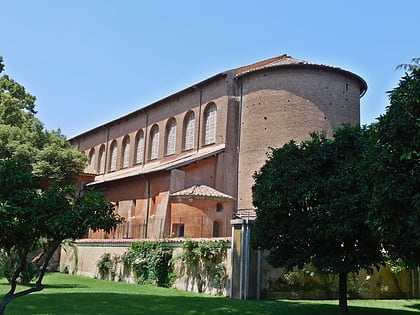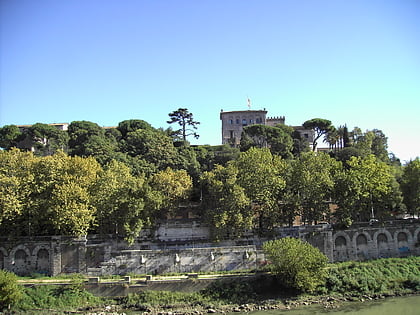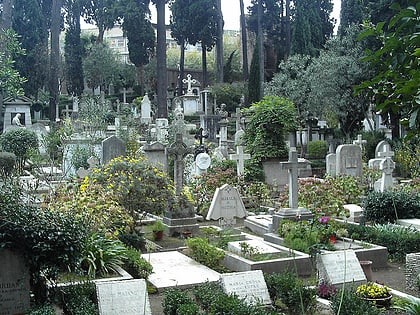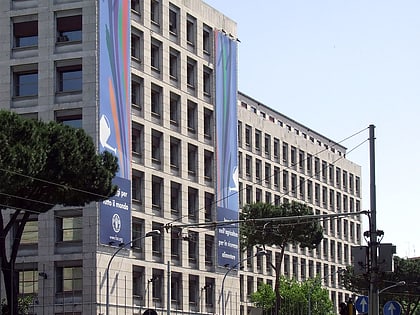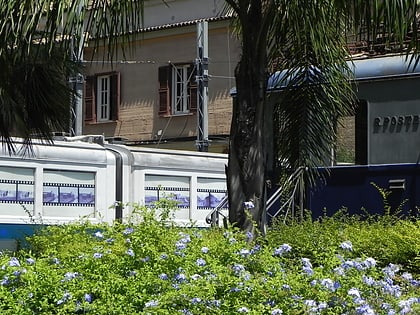Porta San Paolo, Rome
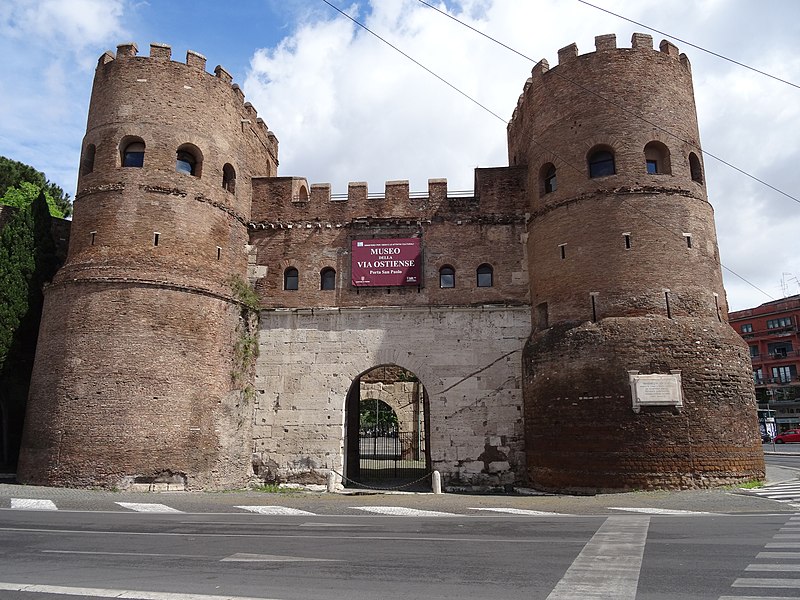
Facts and practical information
Porta San Paolo: A Gateway to Rome's Ancient Past
Porta San Paolo stands as one of the southern gateways to the heart of ancient Rome, Italy. This imposing structure once formed part of the Aurelian Walls, the defensive ramparts that encircled the city. Today, it is not only a testament to Rome's rich historical tapestry but also houses a museum that beckons history enthusiasts and casual tourists alike.
The museum within Porta San Paolo offers visitors a glimpse into the past, with exhibits focused on the Aurelian Walls as well as the history of Rome's fortifications. The structure itself is a piece of history, with its robust architecture and strategic position that played a crucial role in the protection and development of the city.
For those looking to immerse themselves in the city's ancient history, Porta San Paolo is a must-visit. Its proximity to other historical sites, such as the Ostiense Museum and the Pyramid of Cestius, makes it a convenient addition to any tourist itinerary. The museum provides context to the city's past, offering insights into how Rome evolved from a powerful empire to the modern metropolis it is today.
Porta San Paolo – popular in the area (distance from the attraction)
Nearby attractions include: Piramide Cestia, Santa Sabina, Aventine Hill, Santa Balbina.
Frequently Asked Questions (FAQ)
Which popular attractions are close to Porta San Paolo?
How to get to Porta San Paolo by public transport?
Tram
- Porta San Paolo • Lines: 8 (1 min walk)
- Marmorata/Galvani • Lines: 8 (6 min walk)
Bus
- Piramide • Lines: 3B, n11 (2 min walk)
- P.le Ostiense • Lines: 769, n10 (2 min walk)
Light rail
- Roma Porta San Paolo • Lines: Fc2 (3 min walk)
Metro
- Piramide • Lines: B (4 min walk)
- Circo Massimo • Lines: B (15 min walk)
Train
- Roma Trastevere (22 min walk)
- Quattro Venti (31 min walk)
Ferry
- Isola Tiberina • Lines: Battelli di Roma (26 min walk)
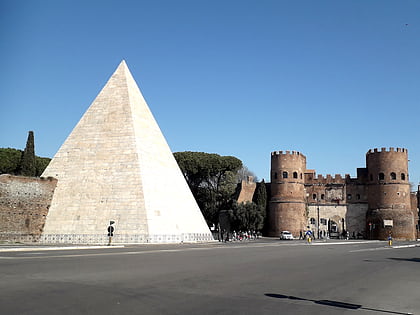

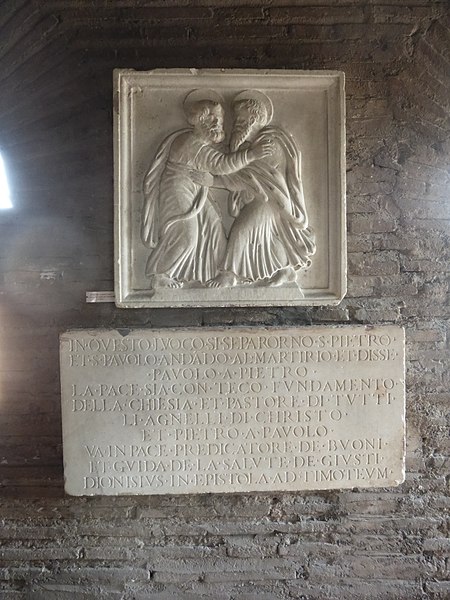
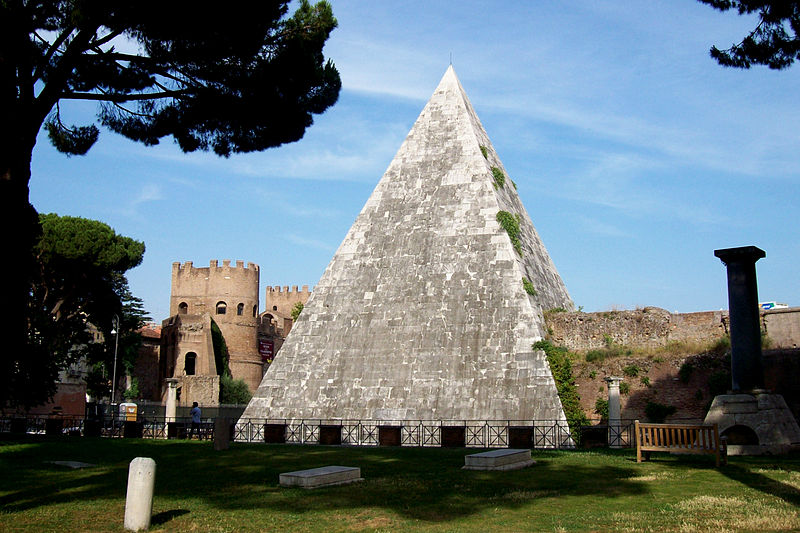
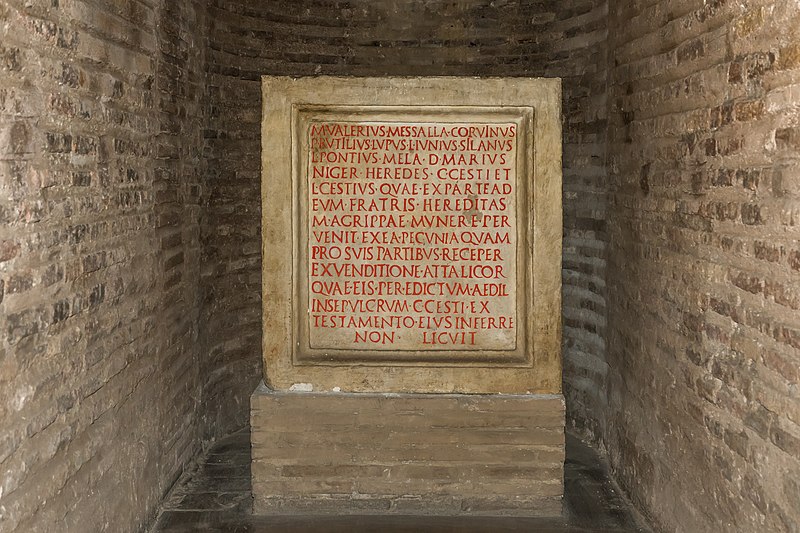
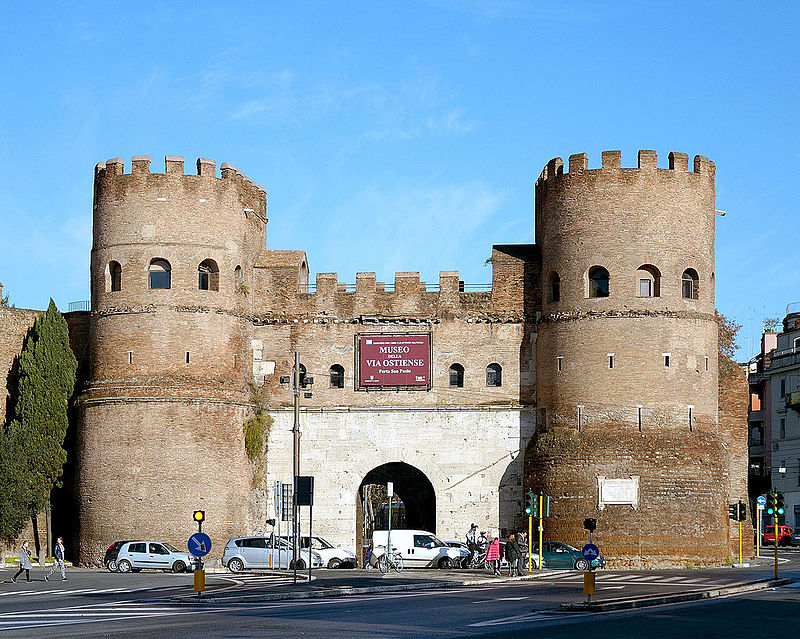
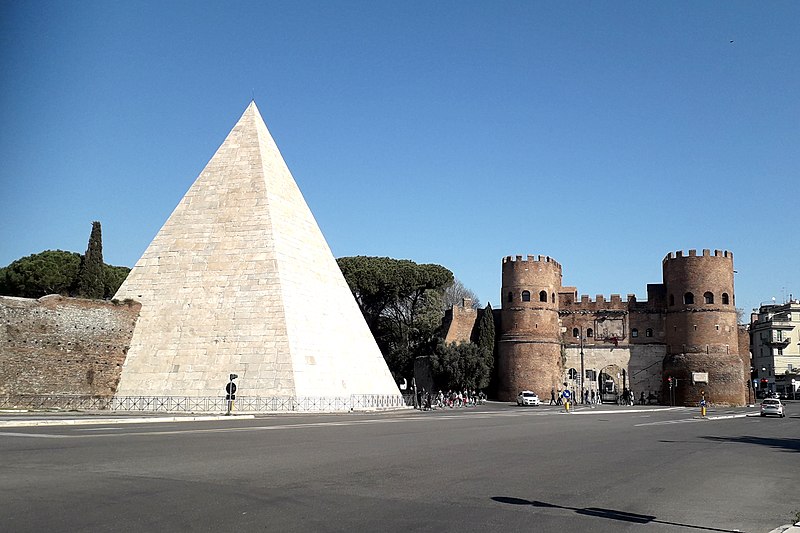

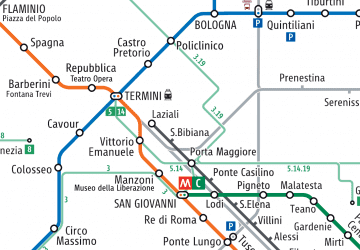 Metro / Tram / Rail
Metro / Tram / Rail
